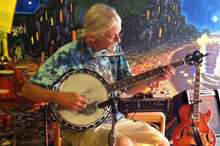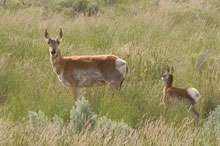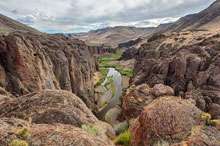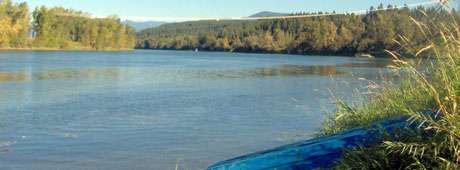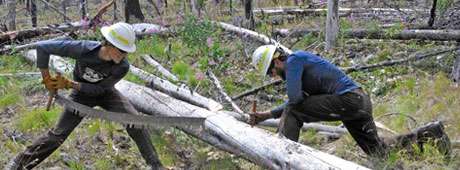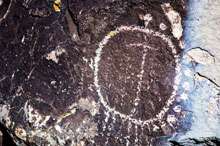No products in the cart.
The Chorale Sings Beethoven
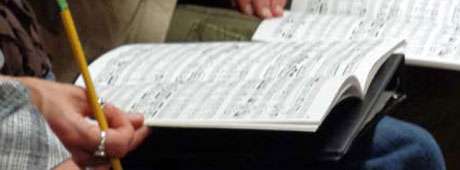
It is a warm, bright September evening, the kind that gives no hint of the cold and dark that will inevitably come. Sweaterless, I toss my notebook and pencils—I can’t sing without a pencil—into my bike basket and pedal off to an autumn ritual: the first practice of the Pend Oreille Chorale as it prepares for its Christmas performances.
As I park my bike under the eaves of the church where we practice, I see Caren through the window adjusting the pillows and books that will put her at just the right height to accompany us on the piano. Beyond, I see her husband Mark in his usual well-worn jeans and work shirt, riffling through the score on the conductor’s stand.
Rehearsal begins with reunion. I greet my fellow tenors, the altos who sing the notes I once could, the sopranos whose ranges I haven’t had since grade school. I hear about Gloria’s new grandchild, and Jackie’s new job at the hospital, and ask Ed if he’s in shape for the ski season. I’m pleased to see that Charlie’s back; as one of a few who have been in the group since it first performed twenty years ago (when he was but a youth of seventy-four), he helps maintain its institutional memory and culture.
None of us would be here were it not for the distinctive devotion of Mark and Caren Reiner. They are, as Charlie says, “unimaginably caring mentors.” When they arrived in Sandpoint in 1992, they noticed that the community lacked a chorale and orchestra, and saw they might be able to do something about these omissions. It would be their contribution to the health and well-being of their new community. Continue reading →
This content is available for purchase. Please select from available options.
Register & Purchase Purchase Only
Register & Purchase Purchase Only

